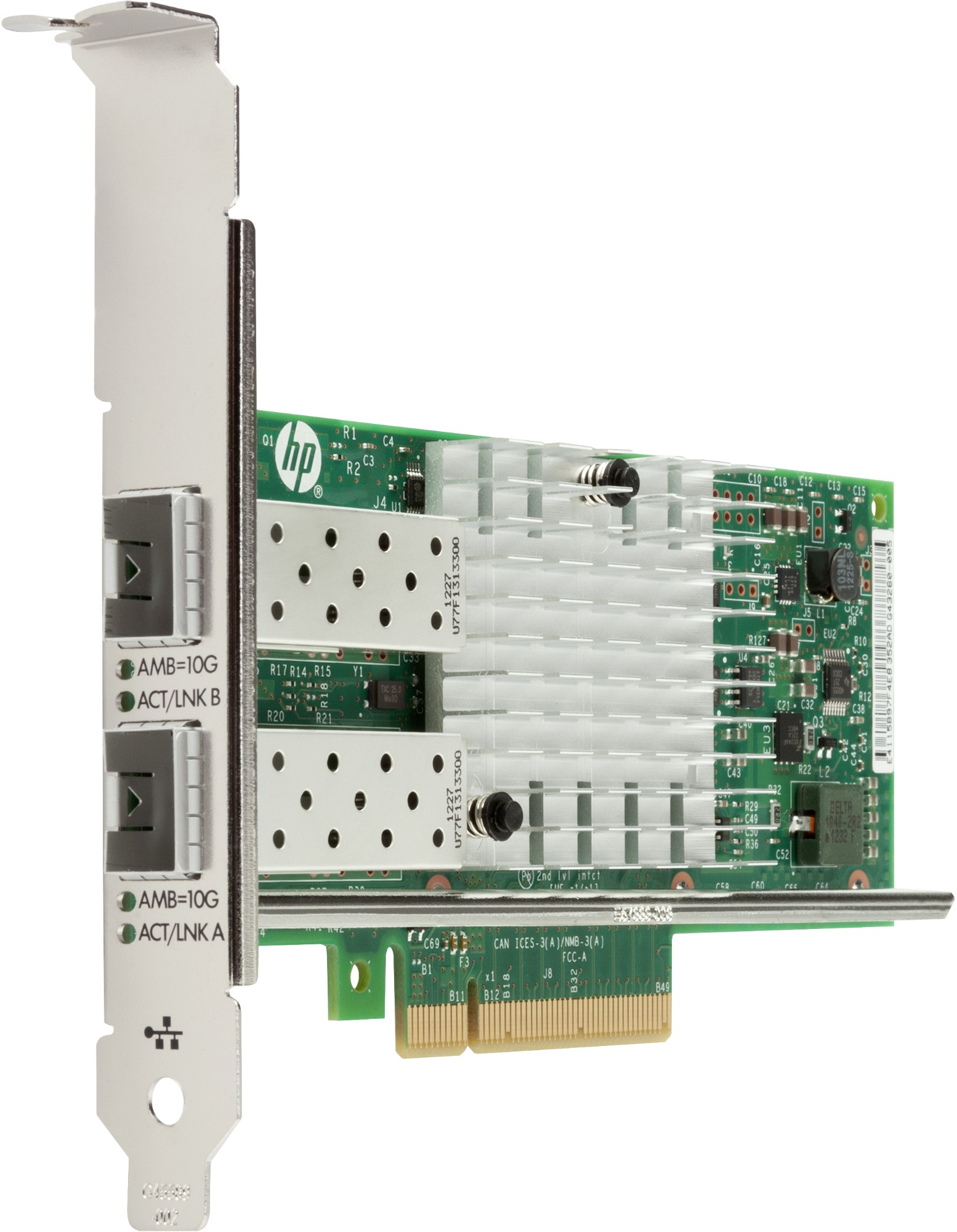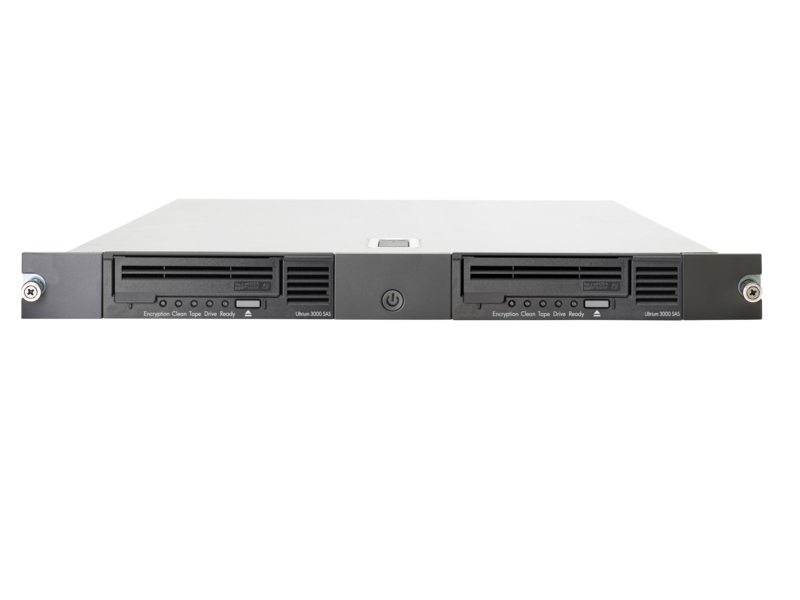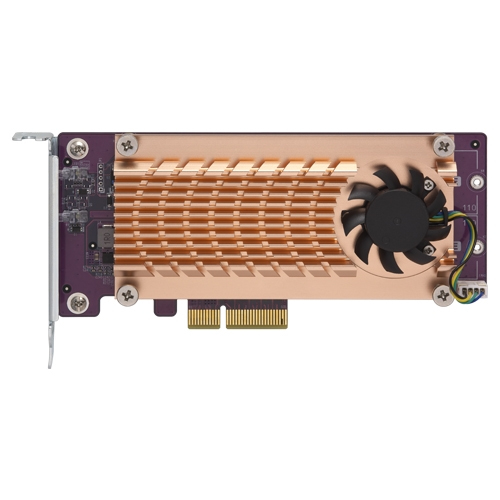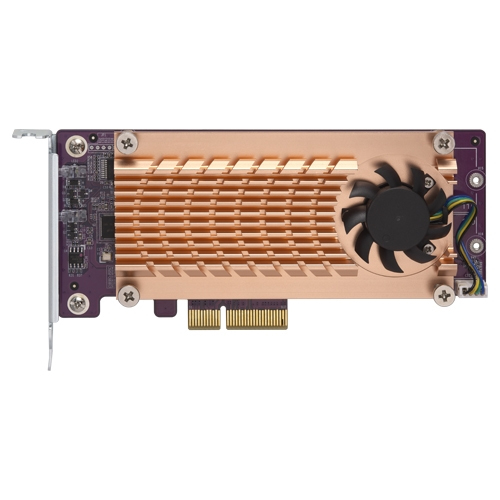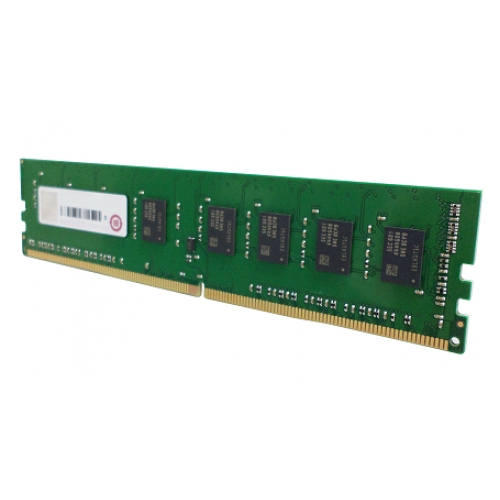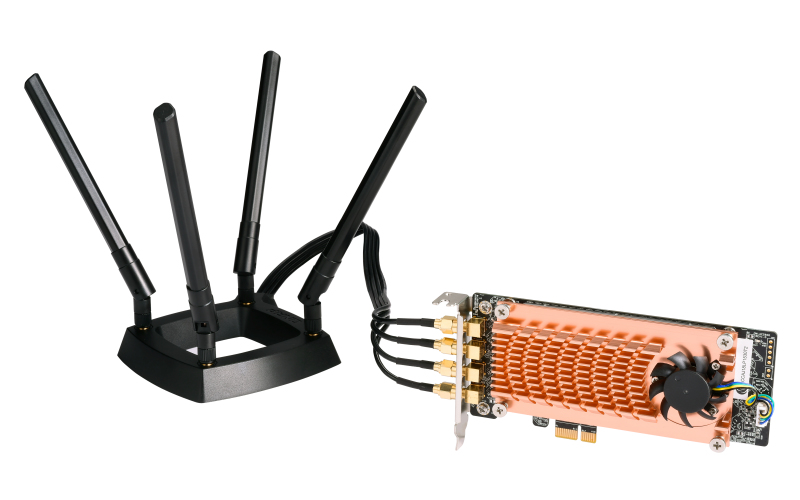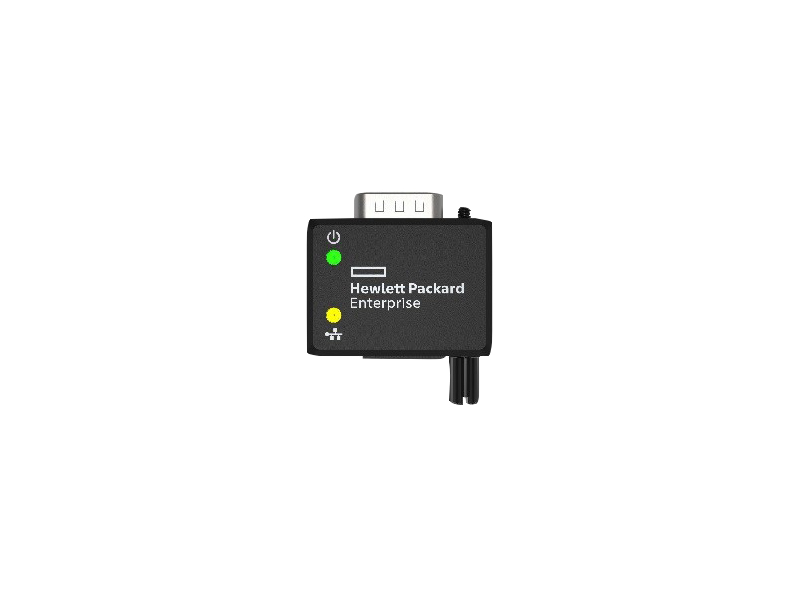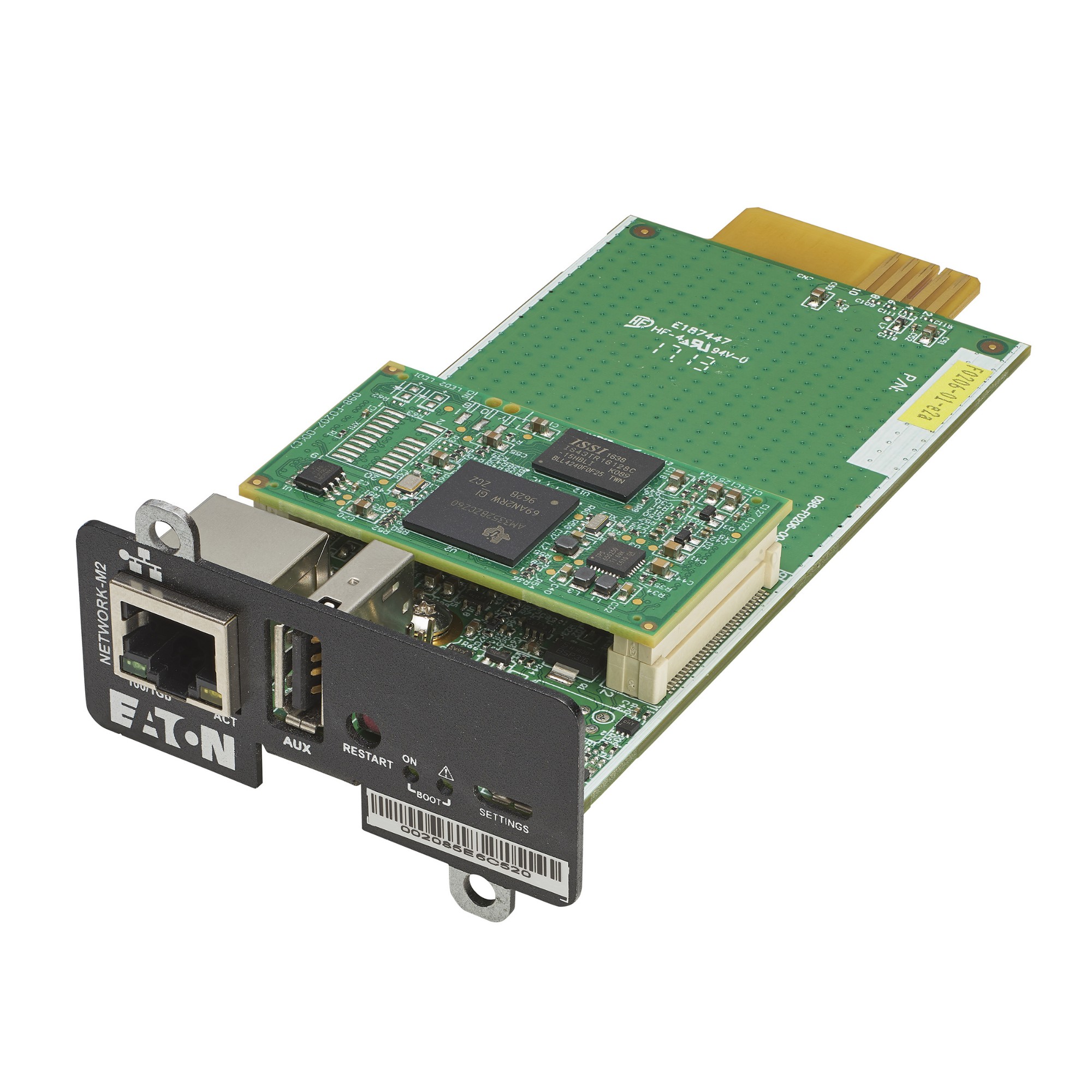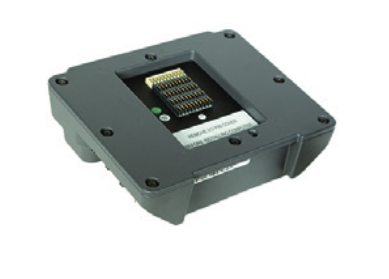Computer Components
2920 –
2930
of
4773
Availability
Sort by
Advance Filters
HP
HP 1QL46AA HP Intel X550 10GBASE-T Dual Port NIC
Get affordable, full line-rate performance with CAT 6a cabling or better at distances up to 100 meters and support for business and virtualization features with the Intel® X550 10GBASE-T Dual Port NIC.
Part# 1QL46AA
SKU S19454
HPE
HPE BC029A HPE BC029A rack accessory Mounting kit
The HPE Storage Rack-mount Kits (formerly known as HPE StoreEver Rack-mount Kits) provide a high-density, rack-mountable tape drive solution for SAS backup and archiving applications in a 1U rack-mount kit. The 1U HPE StoreEver Rack-mount Kit accommodates up to two half-height internal SAS tape drives with a maximum capacity of 90 TB (2.5:1 compression) using two HPE StoreEver LTO-9 Ultrium 45000 drives.What is new supporting point:Specialized 12 GB/s SAS cable available.The Smart Choice Purchase Program offers a pre-configured, rack-mount drive solution, including a rack-mount kit with an LTO-8 or LTO-9 SAS tape drive and five coordinating data cartridges.HPE Storage Rack-mount Kit now supports LTO-9 Ultrium 45000 drives on a 12 GB/s SAS interface.
Part# BC029A
SKU S19454
QNAP
QNAP QM2-2P-244A QNAP QM2 interface cards/adapter Internal M.2
Fast, efficient, and easy-to-useThe efficient architecture of the QM2-2P-244A allows you to easily install NVMe SSDs and maximize their performance with a quiet cooling module.Keep SSD coolA quiet cooling module (heatsink and smart fan) keeps your SSDs running with dependable high performance.SSD cache accelerationAdd an SSD cache or enable Qtier (QNAP’s auto-tiering technology) to your NAS to improve overall system performance and maximize storage utilization.Super-fast NVMe SSD storage volumePhotographers and videographers can tackle high-resolution RAW multimedia editing directly on NVMe SSD volumes. RAID configurations can help prevent data loss from drive failure.
Part# QM2-2P-244A
SKU S19454
QNAP
QNAP QM2-2S-220A QNAP QM2-2S-220A interface cards/adapter Internal M.2
Enhanced performance for demanding applicationsThe QM2 expansion card allows for adding M.2 SSDs to increase the storage capacity of your Windows/Linux PC/workstation, while also boosting overall IOPS performance by offloading bandwidth-demanding tasks to the SSD to minimize application loading times. It is ideal for resource-demanding applications, such as inline video-editing, gaming and more.Tackle performance bottlenecksQM2 boosts performance by adding M.2 SSDs. It doesn’t occupy any 3.5-inch drive bays, allowing you to maximize both your storage capacity and performance.
Part# QM2-2S-220A
SKU S19454
QNAP
QNAP RAM-16GDR4A1-UD-2400 QNAP RAM-16GDR4A1-UD-2400 memory module 16 GB 1 x 16 GB DDR4 2400 MHz
Part# RAM-16GDR4A1-UD-2400
SKU S19454
QNAP
QNAP RAM-4GDR4A1-UD-2400 QNAP RAM-4GDR4A1-UD-2400 memory module 4 GB 1 x 4 GB DDR4 2400 MHz
Part# RAM-4GDR4A1-UD-2400
SKU S19454
QNAP
QNAP QWA-AC2600 QNAP QWA-AC2600 network card Internal WLAN 1733 Mbit/s
The QWA-AC2600 is a 2.4/5 GHz Dual Band Dual Concurrent (DBDC), 4 x 4 Multi-user MIMO (MU-MIMO), low-profile PCI Express (PCIe) 2.0 x1 wireless adapter with two Qualcomm QCA9984 NICs that supports up to 2533 Mbps (800 Mbps for IEEE 802.11n (2.4 GHz) and 1733 Mbps for IEEE 802.11ac (5 GHz)). The QWA-AC2600 can be used as an access point or a base station with Ubuntu/Linux PCs or QNAP NAS. Combining the higher compatibility of 802.11n and faster connection of 802.11ac, the QWA-AC2600 enables versatile applications including wireless LANs in the workplace and Internet of Things (IoT) deployment in the field.A tailor-made private wireless network that meets your needsThe QWA-AC2600 is compatible with most PCIe-enabled QNAP NAS*. When used with the WirelessAP Station app your NAS will evolve into a high-performance wireless access point that can be connected to from multiple devices. The QWA-AC2600 can also be used to extend your wireless network coverage. Combined with useful features (including DHCP and NAT) provided by the Network and Virtual Switch app, the QWA-AC2600 can be used for a variety of applications, delivering private, fast, low-latency and secure connectivity across your home and/or workplace.Turn your Ubuntu/Linux PC or QNAP NAS into a wireless access point/base stationThe QWA-AC2600 can turn your Ubuntu/Linux PC or QNAP NAS into a wireless access point/base station for other wireless devices to directly access data stored on it. The QWA-AC2600's 2.4/5 GHz DBDC design can be configured to utilize two wireless networks for boosting performance. For a single Ubuntu/Linux PC or QNAP NAS, multiple sets of QWA-AC2600 can be installed to enable a more flexible deployment and expansion for wireless network applications which require security, privacy and high performance.
Part# QWA-AC2600
SKU S19454
Eaton
Eaton NETWORK-M2 Eaton NETWORK-M2 network card Internal Ethernet 1000 Mbit/s
The Eaton Gigabit Network Card (Network-M2) is Eatonâs latest UPS connectivity device that delivers IT professionals with new and exciting capabilities and features. The first UPS connectivity device to meet both UL 2900-1 and IEC 62443-4-2 cybersecurity standards, the Gigabit Network Card improves power system reliability by providing warnings of pending issues to administrators and helping to perform orderly graceful shutdown of servers and storage. The new network card works with Intelligent Power Manager (IPM) v1.61 (and higher) to improve business continuity by triggering policies configured to keep mission critical applications running in the event of power or environmental anomalies, including virtual machine relocation or automated disaster recovery action
Part# NETWORK-M2
SKU S19454
Honeywell
Honeywell VM1003VMCRADLE Honeywell VM1003VMCRADLE mobile device dock station PDA Black
Standard Dock for Thor VM1, VM2 or VM3. Spare dock, without power cable or RAM ball.
Part# VM1003VMCRADLE
SKU S19454
Get a Quote

Item(s) added to cart

©2025 IT VISION NETWORKS CANADA INC – All Rights Reserved. BN: 717291223 OCN: 1001150813

 0
0
